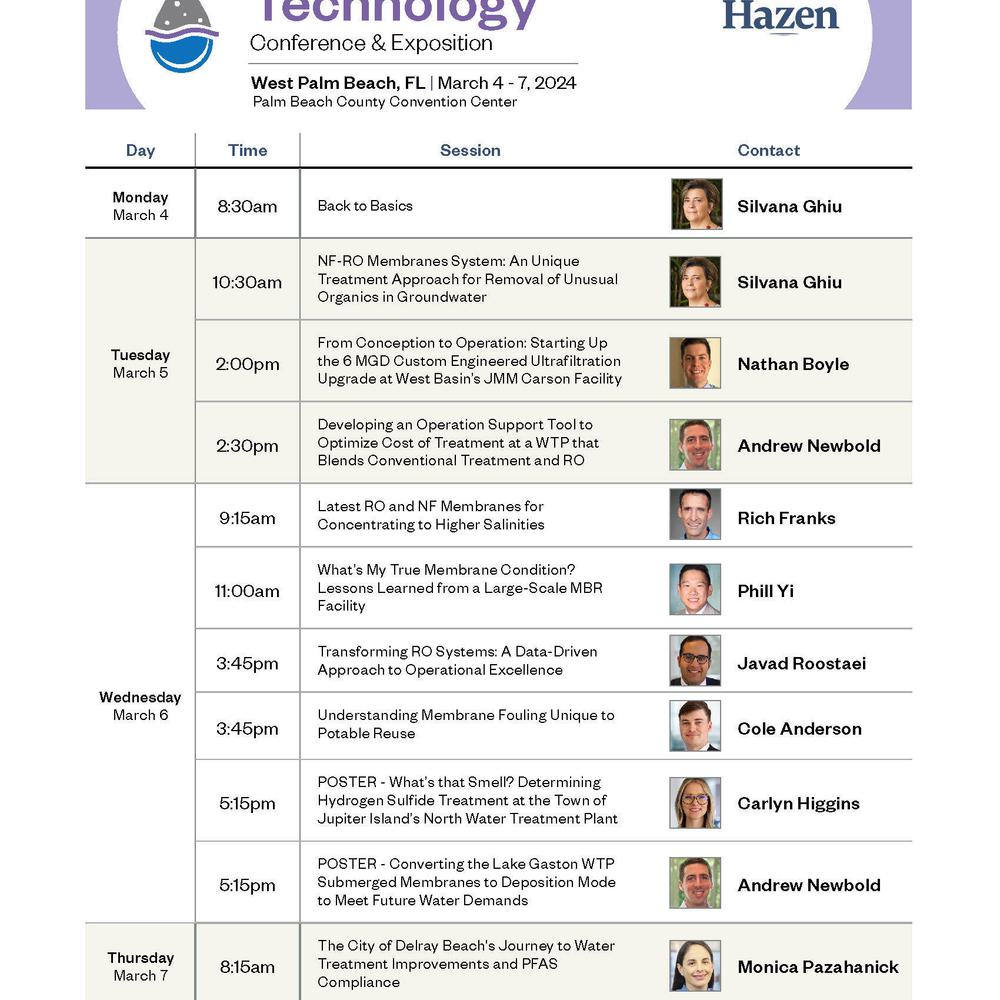Exploring PFAS Management Options
PFAS control plans should include both short-term and long-term elements
Last Modified Feb 01, 2022
Use the wide knowledge base gathered during the previous stage to explore a world of options, brainstorming all available technical and business solutions and then screening them to identify and discard any options with potential fatal flaws.
Exploration of options for PFAS control plans should include both short-term and long-term elements. An integrated water perspective should be adopted to ensure that any actions taken will consider the entire system as a whole. Short-term plans will aim to meet existing requirements for treatment and public disclosure, and long-term plans will likely include elements such as identifying and controlling sources, cost-effective treatment options, and possible public communications campaigns.
Related Topics:

INSIGHT: With the regulatory focus on long-chain PFAS compounds like PFOA and PFOS, manufacturers have switched to short-chain PFAS like PFBS or PFHxS and fluorinated alternatives, such as GenX—compounds for which the impacts of treatment in drinking water are not yet well understood.
To address this knowledge gap, a Water Research Foundation project (4913) is being conducted by Hazen with university and industry partners to develop a guidance manual for selecting cost-effective and sustainable treatment options for short-chain PFAS removal. This industry-leading guidance aims to simplify design decisions for future PFAS of concern by accounting for background water quality treatment impacts and overcoming limitations in the applicability of scaling from bench to full-scale design.
CASE STUDY: With PFAS-related regulations rapidly evolving in the state, a utility in the Northeast commissioned an evaluation of near- and long-term options for addressing possible biosolids management challenges. A high-level evaluation by Hazen identified industries with the highest risk of discharging PFAS to WRRFs. The evaluation also determined that the cost of biosolids disposal will increase in the near term and utilizing technologies that reduce the mass of solids in conjunction with thermal treatment technologies that can destroy PFAS would provide the greatest value. Promising thermal treatment technologies include pyrolysis, gasification, supercritical water oxidation, and hydrothermal liquefaction. Source control strategies were also identified as a possible beneficial part of a holistic PFAS control plan.
Related Content:
Comprehending the PFAS Challenges and Drivers











